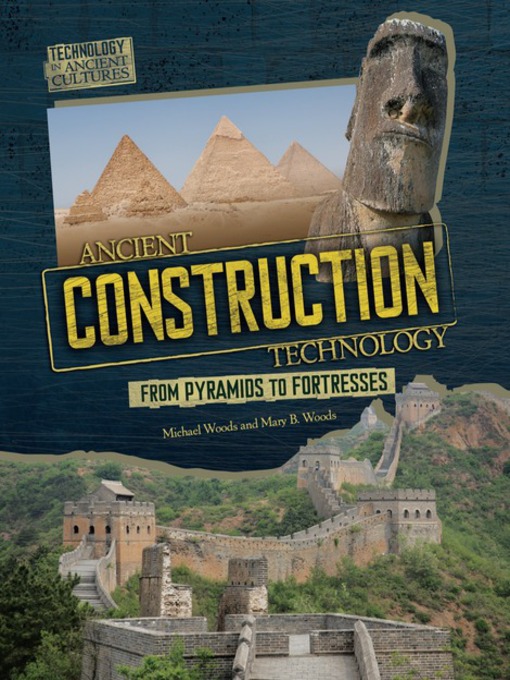-
Creators
-
Series
-
Publisher
-
Release date
January 1, 2011 -
Formats
-
OverDrive Read
- ISBN: 9780761372707
-
PDF ebook
- ISBN: 9780761372707
- File size: 17915 KB
-
-
Languages
- English
-
Reviews
-
School Library Journal
April 1, 2011
Gr 6-8-Like the "How They Made Things Work!" series above, this one tackles innovations from ancient cultures, but here they are grouped together by type rather than by area or period. At first, this approach seems clever and useful, and it works well in Medical Technology. But in other cases, the inventions overlap to the degree that the books either refer to one another-and depend on the information in other titles-or they repeat themselves. This is particularly true in the introductions to each book, which are almost identical, and in the beginning of each final chapter, which contains an almost identical lead-in paragraph. Many of the photos are also reused across titles. Each book is divided into regions, and these sections often refer to one another where inventions are shared or borrowed as well. The lack of diagrams showing how the science of particular inventions works makes it hard to apply the information in a science classroom. The titles miss out on showing the impact of the innovations on the cultures in which they were developed. In addition, the treatment of American cultures is inconsistent; these sections often try to cover too much and sometimes venture into a time period that, according to the final section of each book, is "after the ancients." The historical documentation and photographs of archaeological finds are excellent highlights, and the short (frequently repetitive) sentences make the titles approachable for reluctant readers, but the series fails to live up to its potential.
Copyright 2011 School Library Journal, LLC Used with permission.
-
Formats
- OverDrive Read
- PDF ebook
subjects
Languages
- English
Loading
Why is availability limited?
×Availability can change throughout the month based on the library's budget. You can still place a hold on the title, and your hold will be automatically filled as soon as the title is available again.
The Kindle Book format for this title is not supported on:
×Read-along ebook
×The OverDrive Read format of this ebook has professional narration that plays while you read in your browser. Learn more here.

